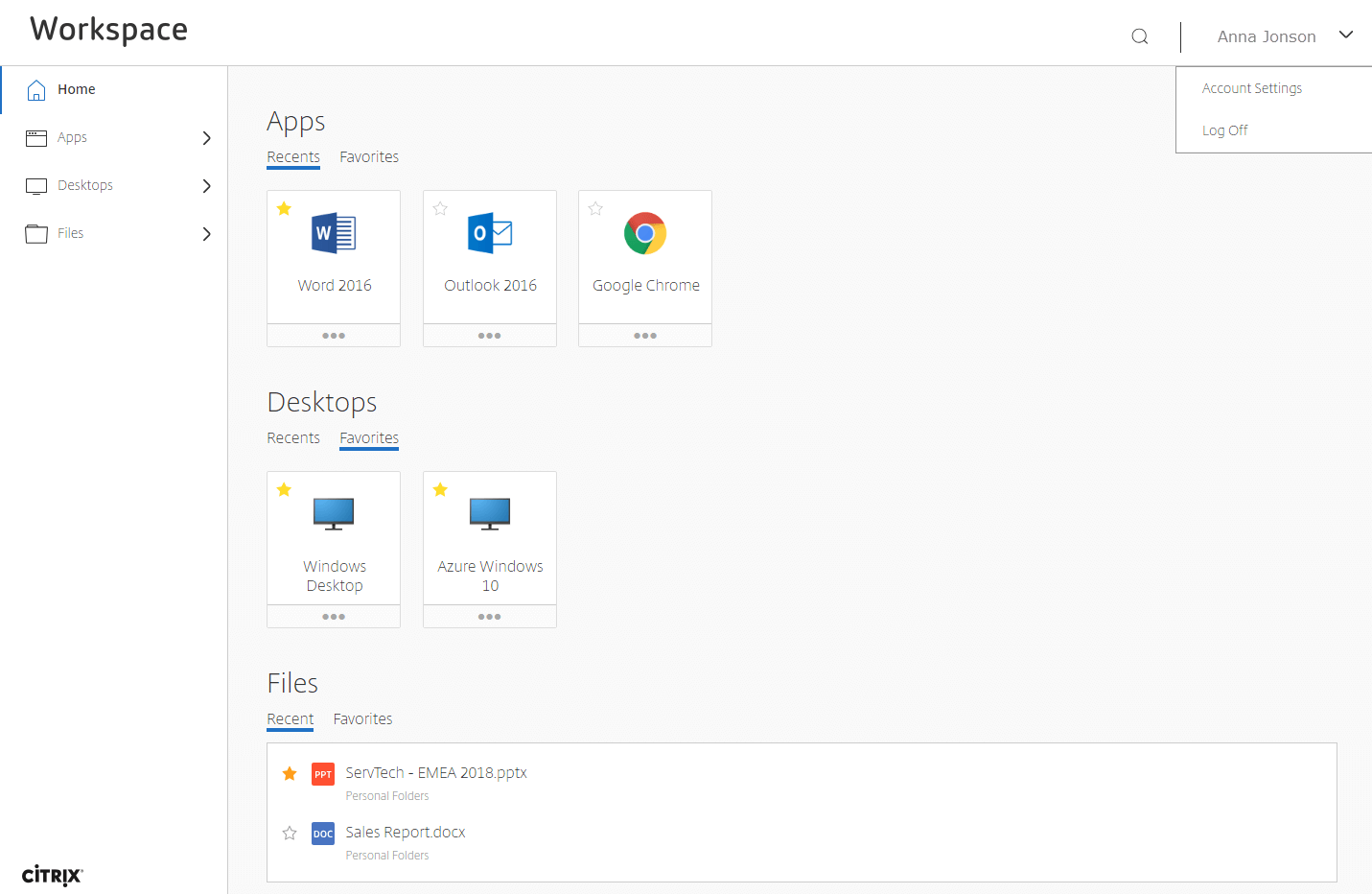One of the frustrating conundrums of modern work is that even though there has never been a better, nor broader, range of tools available to get our jobs done, it's still tough for many people to keep up. Thanks to a host of modernly architected, cloud-based SaaS applications such as Microsoft Office 365, Google G Suite, Salesforce, Slack, Workday, and others, as well as an impressive variety of devices upon which we can complete our tasks, it really is a great time to be an active member of the workforce. In theory at least.
In reality, this abundance of different cloud services, along with the inevitable group of custom and/or older applications that most organizations run, often makes employees feel significantly less productive than they believe they could, or should, be. From a dizzying array of application choices with overlapping functionality, to complicated, multi-step procedures, to overwhelming amounts of incoming information, too many workers spend a significant part of their days simply maintaining their communications and basic tasks. As a result, little time is left to do the productive, and typically more satisfying, work people were actually hired to do.
Numerous companies have attempted to tackle this growing challenge in different ways over the years and at this year's Synergy event in Atlanta, Citrix unveiled the latest additions to their answer: Citrix Workspace intelligent experience. If you haven't seen it before, Workspace essentially provides an organized view of your available applications, documents, messaging, tasks and more. Importantly, it provides a consistent and synchronized view of all this information across devices and platforms, meaning you get the same basic interface whether you're using a Windows PC, a Mac, a Chromebook, an iOS-based phone or tablet, or an Android-based phone or tablet. Behind the scenes, Citrix-powered infrastructure does the hard work of virtualizing applications to make them function consistently across platforms, screen sizes, network connection speeds, and more.
"If you haven't seen it before, Workspace essentially provides an organized view of your available applications, documents, messaging, tasks and more."
The new interface of Citrix Workspace provides something akin to a News Feed that organizes your critical tasks and lets you easily see what you need to get done. More importantly, thanks to the company's acquisition of Sapho last year, the new intelligent version of Workspace incorporates a number of macro-like "micro apps" that can work within, and even across, different applications to accomplish common tasks. So, for example, if you need to submit an expense report or IT help request, these micro apps can turn tedious, multi-step procedures into a single click or two. Citrix is also providing a simple drag-and-drop tool for companies to create their own custom workflow micro apps across (or within) both their legacy and modern applications.
"The collaboration with Google brings significantly more integration with Google's products and services into the Citrix environment, including the ability to run Workspace on Google Cloud."
Citrix also announced extended collaborations with Microsoft and a new set of services built in conjunction with Google. On the Microsoft side, Citrix debuted support for Citrix-managed desktops and Windows Virtual Desktops on Azure, among other things. Both of these provide the kind of incremental, but still important, extensions to the overall Citrix ecosystem that make their software and services more compatible and more seamlessly integrated into a wider variety of customer environments. The collaboration with Google brings significantly more integration with Google's products and services into the Citrix environment, including the ability to run Workspace on Google Cloud. In addition, for Workspace, Citrix announced support for G-Suite and Google Identity services (allowing for single, authenticated log-ins). Other capabilities now supported on Google's Cloud Platform include the ability to run Machine Creation Services for provisioning Citrix-based VDI (virtual device infrastructure) workloads.
All of these efforts point to a general strategy of building tools that can let companies, and their employees, reign in the chaos of modern work environments and function in an easier and more productive manner where they can get real work done---regardless of the types of environments and applications they currently run. Looking ahead, it's easy to see how these kinds of capabilities can be further enhanced with AI, as procedures and workflows are learned and automated, as well voice-based input, to drive more natural interactions. Ultimately, the goal is to drive a true work assistant-powered environment that can ease the tedium of necessary, but time consuming tasks, and enable people to fully leverage the impressive range of applications and devices they now have at their fingertips.
Bob O'Donnell is the founder and chief analyst of TECHnalysis Research, LLC a technology consulting and market research firm. You can follow him on Twitter @bobodtech. This article was originally published on Tech.pinions.
